In this article, we discuss sustainability with an emphasis on sustainable well-being, a rising design trend in workplace development. The article is part of our blog series that covers different design trends
Generally, sustainability in design refers to creating products, buildings, and systems that are environmentally responsible and resource-efficient throughout their lifecycle. This includes considering the environmental, social, and economic impacts of a design at every stage, from the extraction and processing of raw materials to the disposal or recycling of the finished product.
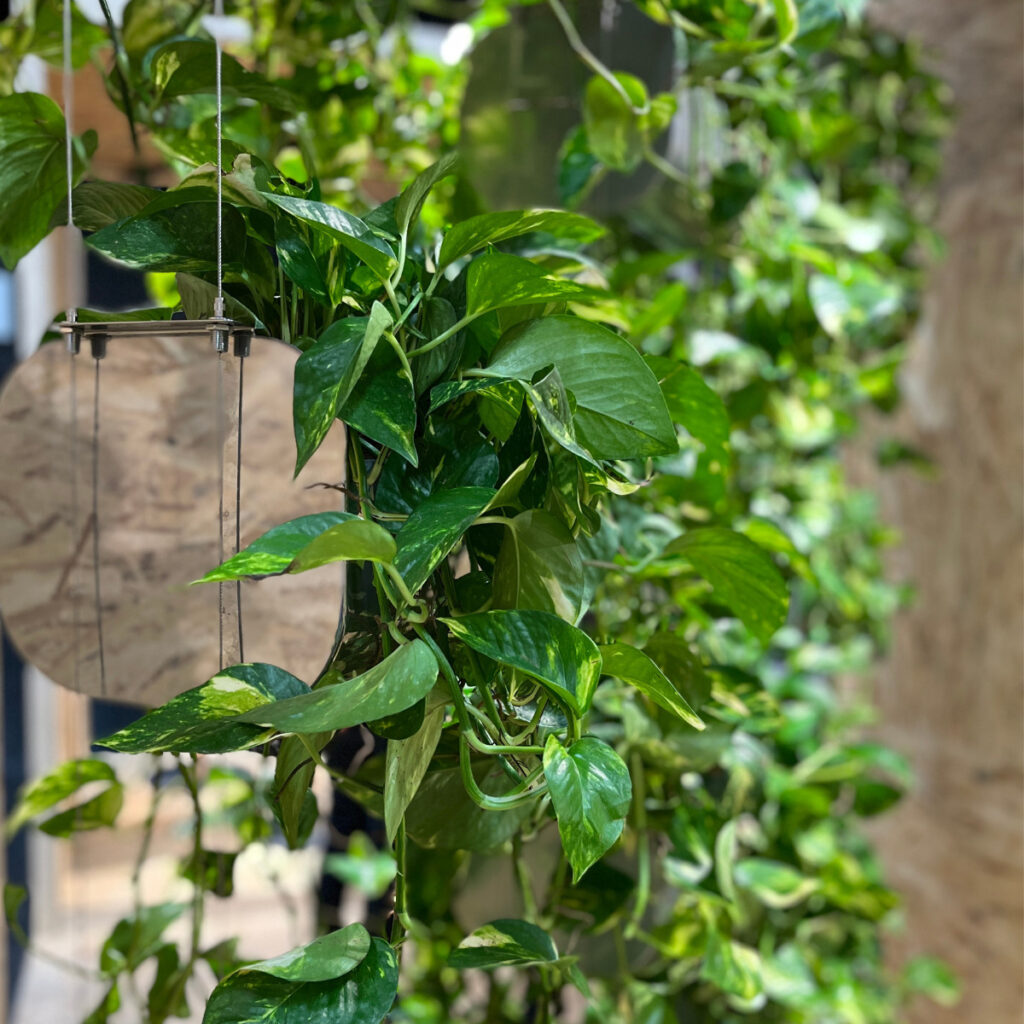

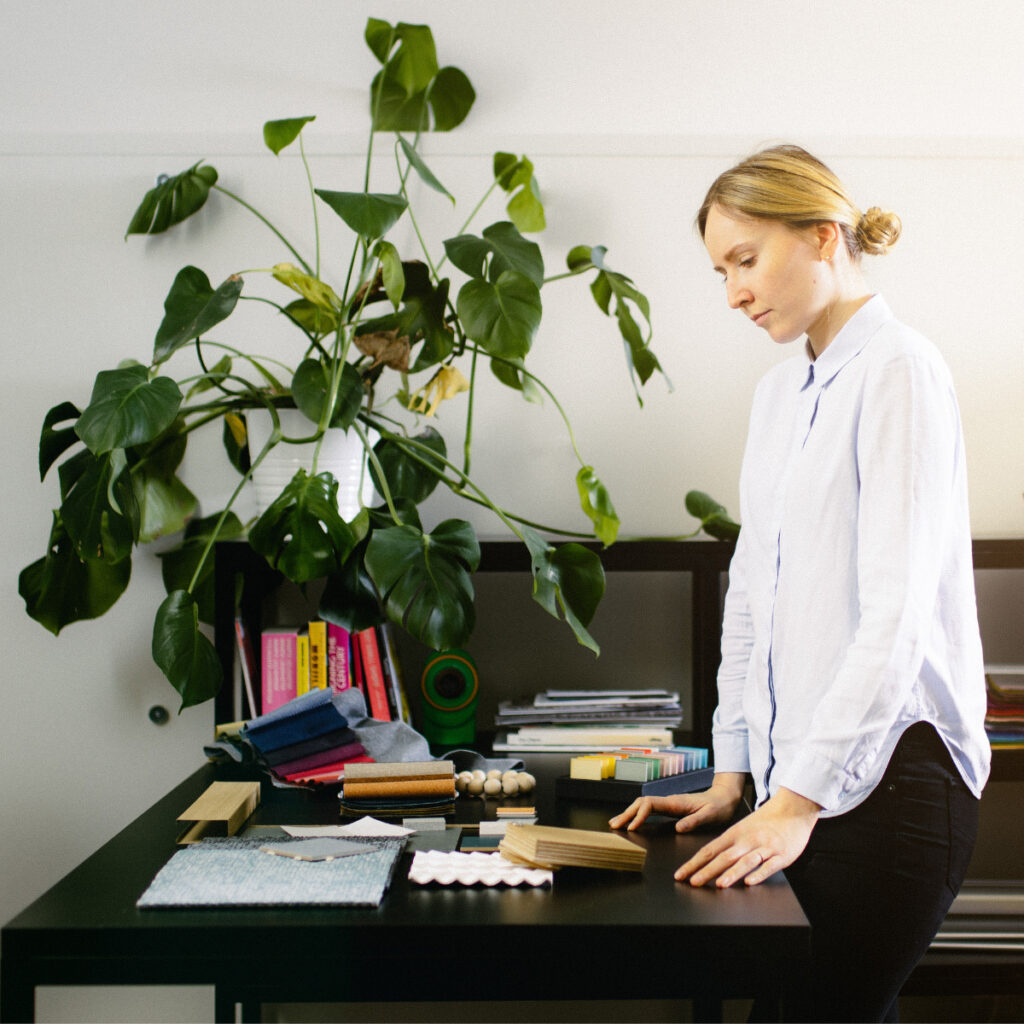
Circular economy
The concept of the circular economy has gained increasing attention in recent years. The goal of circular economy is to keep resources in use as long as possible and then utilize or recycle the material. The circular economy offers solutions for climate change and the decline of biodiversity.
Today, many material and furniture producers work hard to reuse resources and eventually recycle them. It is also good to remember that, when renovating spaces, there is not necessarily a need to renew everything just for the joy of renewal. In addition, when it comes to furniture, could some of the old furniture be fixed? If new furniture is needed, consider purchasing recycled furniture.
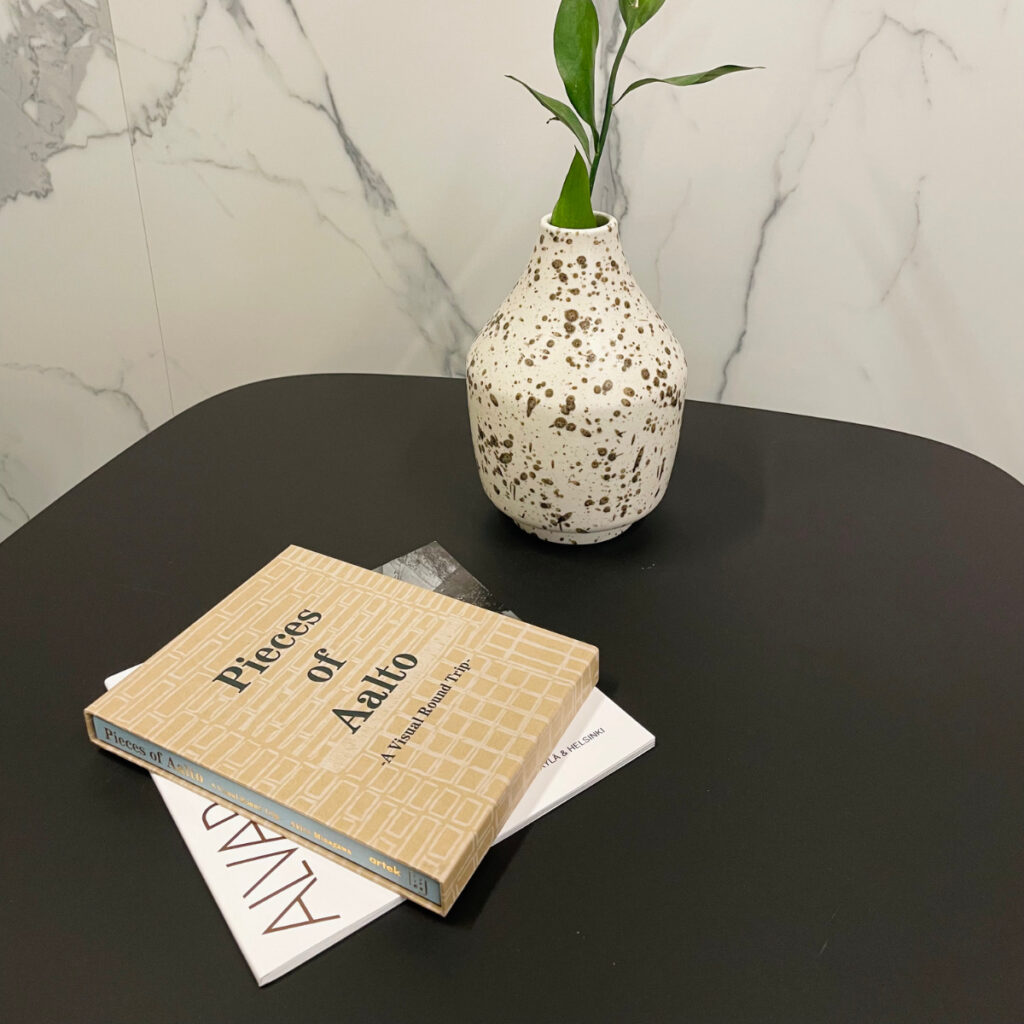

Sustainable Wellbeing
Sustainability has been a trend for some time, but have you thought about sustainability from a human point of view? We often think about sustainability through productization when we should be thinking about a company’s internal structure.
This year, the focus is shifting towards sustainable well-being while maintaining the level of sustainability achieved in other areas. Planning the office space and shaping the work culture means making choices that support both personal and collective well-being in a sustainable long-term way.
There is a growing recognition of the role that design can play in promoting employees’ physical and mental well-being. As a result, office spaces may incorporate natural lighting, plants, and biophilic design elements to create a more calming and rejuvenating environment.
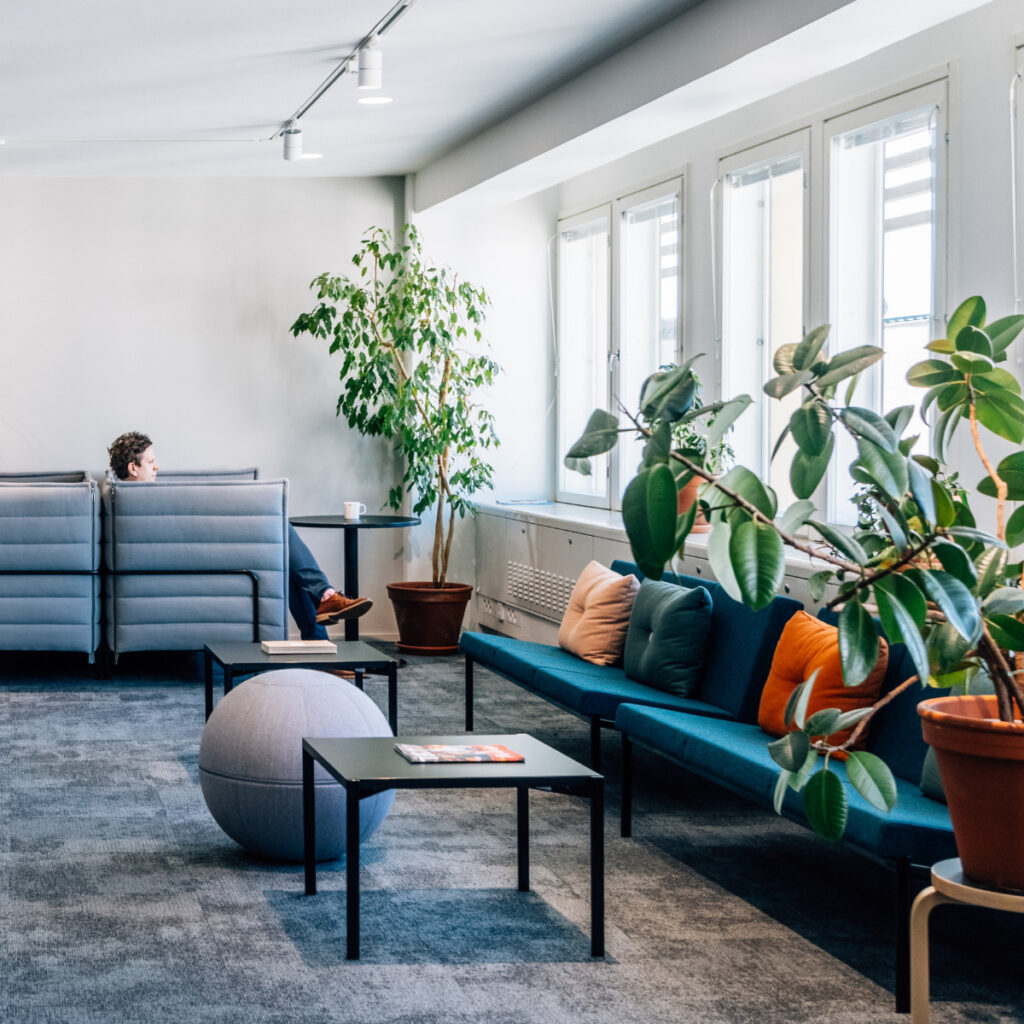


The Power of Empathy
Feminine leadership is often associated with traditionally seen feminine qualities, such as empathy, collaboration, and nurturing.
People of any gender can practice this leadership style, which is often characterized by a focus on building relationships, fostering a sense of community, and promoting the well-being of all team members.
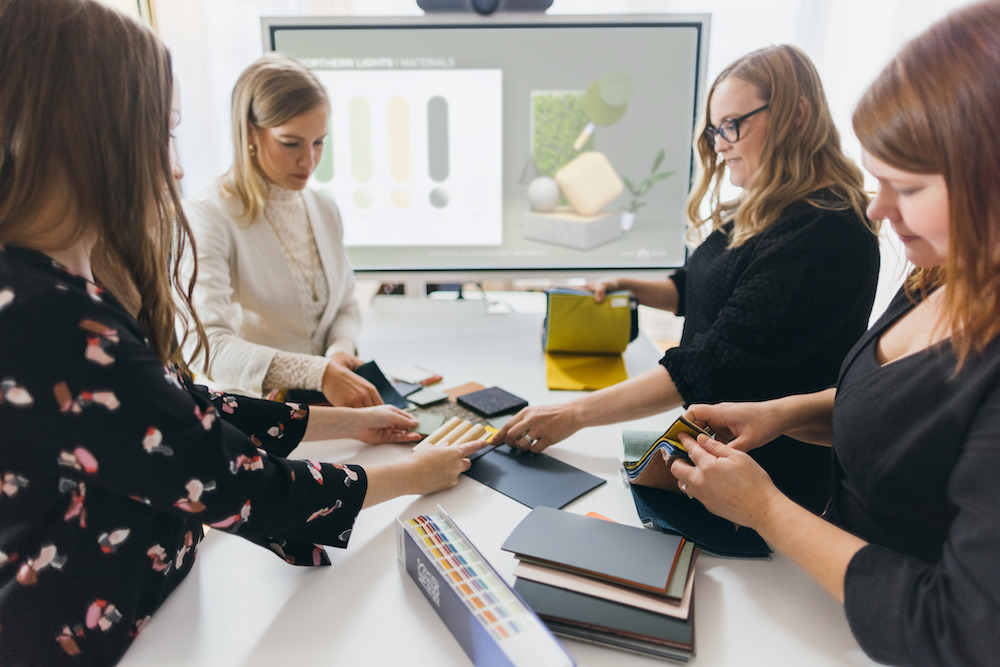
Feminine leaders may prioritize creating a supportive and inclusive work environment and emphasize collaboration and teamwork rather than competition.
They may also be more open to feedback and willing to listen to the perspectives of others.
Empathy is a key component of feminine leadership. Empathy allows leaders to understand and share the feelings of others, which can help to create a positive and inclusive work environment. In leadership, empathy can help to build trust and credibility in teams.
The combination of feminine leadership and empathy can be compelling in promoting sustainable well-being in the workplace. It can increase morale, motivation, and retention, which can contribute to the overall sustainability and success of the organization. Feminine leadership can be an effective leadership style in various settings, and it can be particularly well-suited to situations requiring a more collaborative and inclusive approach.
All in all, feminine leadership is a leadership style well-suited to the challenges and opportunities of the modern world.
SOURCES
Check out the whole series on Design Trends 2023 or some of our other related blogs👇


